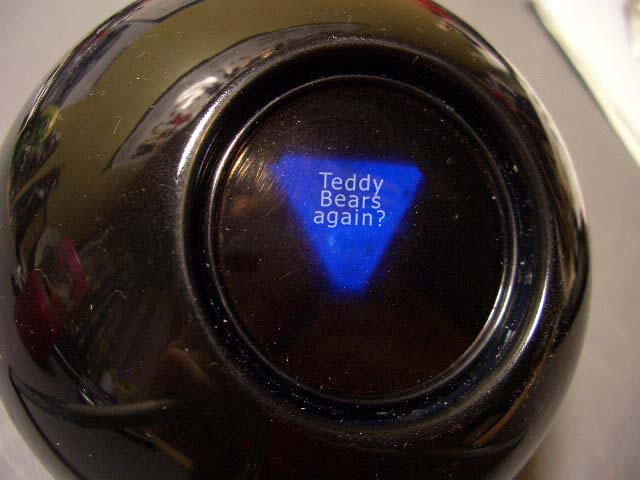If you’ve enjoyed learning about what your data can do for you looking backward, you might want to sit down for this one. You probably are already, so lets just say you were standing then.
Level 4 is Predictive Data. Predictive Data takes the information learned in the previous steps and applies a “what if?” thought process. If Levels 1-3 were reactive, Levels 4-7 are Proactive. Proactive is knowing what’s going to happen before it happens and it takes a completely new way of thinking to apply it to business. If you’ve ever played with a magic 8 ball as a child, this isn’t that kind of prediction
Prediction is looking at the variables that produce an outcome. If X then Y then Z kind of relationships. The difference is prediction runs through the entire alphabet and double letters for every variable If A then Y then Z? If B then Y then R? Then runs through it again in near infinite combinations of if AB then Y then Z? What about if both A and T both happen, then Z? The human equivalent of “throwing it at the wall and seeing what sticks” but thousands of times over and over.
Lets Review:
Your Reporting is giving the machine the raw data.
Business Intelligence is setting a baseline of “known outcomes”.
Descriptive Data is helping set the framework of what kinds of trends you should expect, and Predictive Data is taking what is already known and testing “what if” beyond what you could imagine

Back to the teddy bears for a second…because who doesn’t like this analogy? So you know there is a spike around Christmas and February for teddy bears. Great, now you also know there is an initial rush followed by lesser activity until the panic buyers kick in. You’ve proven this with your data and have 4 years of historic data to support it

Using Predictive Data you begin to look at other variables connected to the data. Is there a higher number of men vs women buying the bears, and is it tied to one or the other holidays? Is there an age group that is more likely to buy a bear? Why did we pick teddy bears for this example? Does the color of the bear make any difference? Does it even have to be a bear?
The machine looks at the data, takes into account all of the Descriptive Data, and begins to tie that data to trends and patterns that are happening currently. This gives you the ability to predict the sales volume and inventory requirements for next week (for staffing), next quarter (for sales quota setting), and next year (for inventory forecasting). So your Descriptive Data provides your Predictive Data meaningful information for the example below. (totally fictitious numbers
Men between the ages of 20-35 are 75% more likely to buy blue bears in December.
Having 10% more blue bears in November than the rest of the year will cover demand.
Women between the ages of 35-45 are 45% more likely to buy a red bear in February.
Having 5% more blue bears in January than the rest of the year will cover this demand.
Now we know how many to order, when, and how many people are needed to staff selling them.
With Descriptive Data you were able to make market adjustments for when to market and to whom. With Predictive Data you can laser focus your marketing to exactly who you want to sell your goods to and know how many you are going to sell. When you’re that accurate you have a higher return on investment (ROI) than you would if you just “guessed” with your marketing efforts
Quickly jump back to the previous segments using the buttons below.
